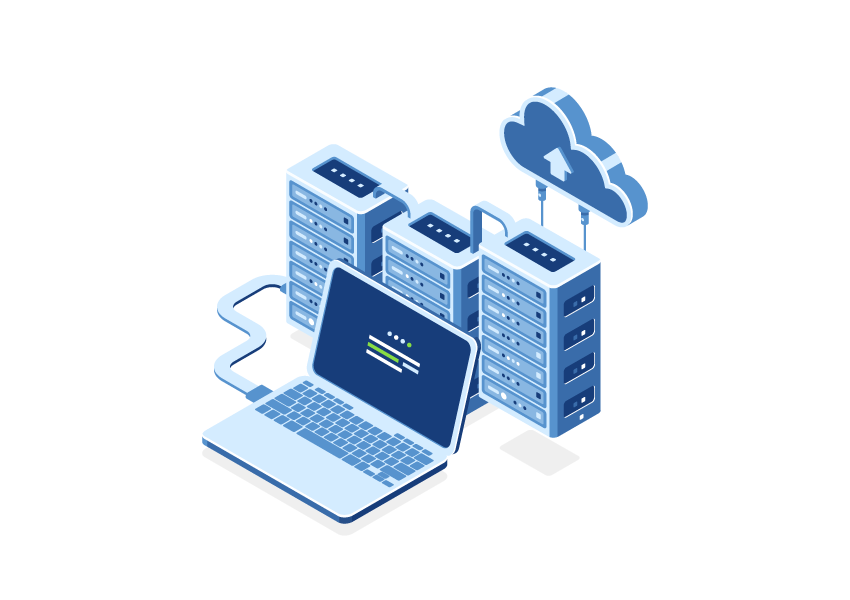Offsite Best Continuous Backup Software For the Modern Era
Offsite Best Continuous Backup Software For the Modern Era
Blog Article
Scalable Remote Backup Windows 11 In the Cloud Era
Terabytes of data must be backed up, and both individuals and companies must do this. It's crucial to have a dependable backup plan in place given the daily increase in digital information generation. We'll go over different techniques and best practices for backing up a lot of data in this article.
- Recognizing Data Backup's Value
Financial losses, legal problems, and a damaged reputation can all result from data loss, which can have disastrous effects. Your data's safety and availability are guaranteed by backing up your terabytes in case of emergencies.
- Selecting the ideal storage option
Traditional storage methods like hard drives might not be adequate when dealing with terabytes of data. For effective and scalable backups, think about using tape drives, cloud storage, or network-attached storage ( Nas ).
Convenient Self Hosted Cloud Backup Disadvantages
- Services for Cloud Backup
Your data can be stored offsite in a convenient and secure manner with cloud backup services. Terabytes of data can be stored and accessed for a reasonable price thanks to service providers like Amazon S3, Google Cloud Storage, and Microsoft Azure.
- Differential and incremental backups
Consider using incremental or differential backup techniques to reduce storage costs and optimize backup times. These techniques only use backups that have been updated since the previous full backup, which uses up less storage space and backup windows.
- Data Duplication Utilization
By storing only unique information, data deduplication technology aids in the elimination of redundant data. Terabytes of data can be backed up more effectively thanks to this method's significant reduction in storage space requirements.
Reliable Server Offsite Backup Market Analysis
- Developing redundant backups
Implement a redundant backup strategy to reduce the possibility of data loss. To prevent hardware malfunctions and disasters, keep multiple copies of your data on various storage devices or in various locations.
- Scheduling and Automation
Manually backing up terabytes of data on a regular basis can be time-consuming and error-prone. To ensure data consistency and reduce human intervention, use backup software that enables automated and scheduled backups.

- Validation and testing
Regular testing and verification should be used to verify backup procedures. A sample of backed-up data should be periodically restored to guarantee its accuracy and accessibility. Your backups are trustworthy and can be restored as needed thanks to this step.
Cost-effective Remote Backup Protection In Detail
- Security and encryption
When storing terabytes of sensitive data, data security is of utmost importance. To prevent unauthorized access and guarantee compliance with privacy laws, encrypt your backups using powerful encryption algorithms.

- Disaster Recovery Strategy
Having a thorough disaster recovery plan is crucial in addition to backups. Prioritize the recovery of critical systems after identifying them. To reduce downtime in the event of a disaster, establish recovery time goals (rto ) and recovery point objectives ( Rpo ).
- Monitoring and upkeep
To spot and fix any problems right away, keep an eye on your backup systems. To ensure the best performance and dependability of hardware, software, and network components, keep them together.
Enterprise-grade Automated Backup Systems Customization Options
- Future Development and Scalability
To accommodate future growth, take into account the backup solution's scalability. Make sure your backup infrastructure can handle extra terabytes without sacrificing performance or quality as data volumes rise.
- Backup procedures for documenting and updating
Keep up with your backup procedures by documenting them. For easy access in times of need, include step-by-step instructions, contact details, and any pertinent documentation in a central location.

What's Important:
- To prevent data loss and reduce risks, it is essential to backup terabytes of data.
For effective backups, pick the appropriate storage option, such as cloud storage or Nas.
To maximize backup times and storage needs, employ incremental or differential backup techniques.
- Use data deduplication to get rid of extra data and reduce storage costs.
For better data protection, keep duplicate backups on various locations or storage devices.
To guarantee consistency and reduce human error, automate and schedule backups.
To guarantee data integrity and accessibility, regularly test and verify backups.
Prioritize data security by encrypting data and abiding by privacy laws.
Create a thorough disaster recovery strategy to reduce downtime.
For the best performance and dependability, monitor and maintain backup systems.
- Prepare for data growth by planning for scalability.
- Keep up-to-date backup procedures in a document for simple reference.
Accessible Offsite Backup Server ROI Calculation
Keep in mind that careful planning and execution more information are necessary when backing up Terabytes of data. You can guarantee the security, usability, and integrity of your priceless information by adhering to these best practices - Windows Server Cloud Backup Solutions.
Report this page